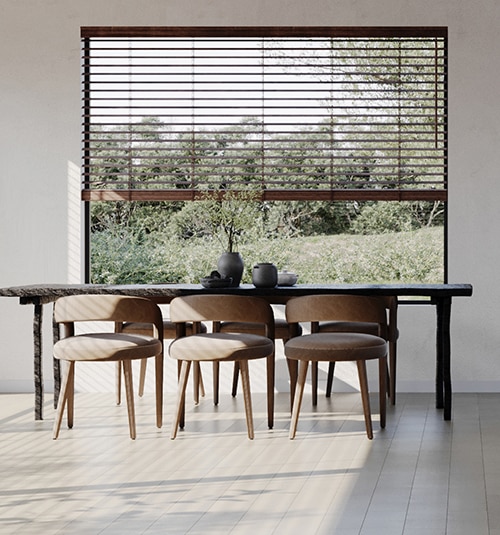Here’s something to savor! Brought to you by Lindt, these tasty chocolate truffles are quite the treasure. The festive box contains 150 (just
wow!) nuggets of rich, melt-in-your-mouth goodness.
Gift something grand. With an amazing assortment of six different flavors all tucked inside a decorative gift box, the truffles make a sweet surprise for friends, family, coworkers — or anyone else on the nice list this holiday season.
And did you see the exclusive flavors? Snowman is a scrumptious combo of milk and white chocolate (swoon!), milk chocolate sea salt brings together two of everyone’s favorite flavors, and double chocolate offers twice the decadence! Yum! From Lindt.
- Includes 150 truffles: 25 each of milk chocolate, dark chocolate, white chocolate, snowman (milk and white chocolate), milk chocolate sea salt, and double chocolate
- Net weight 4 lbs
- Individually wrapped
- Decorative gift box
- Contains dairy, soy, and tree nuts
- Ships ground
- Cannot ship to PR, VI, Guam






Reviews
There are no reviews yet.